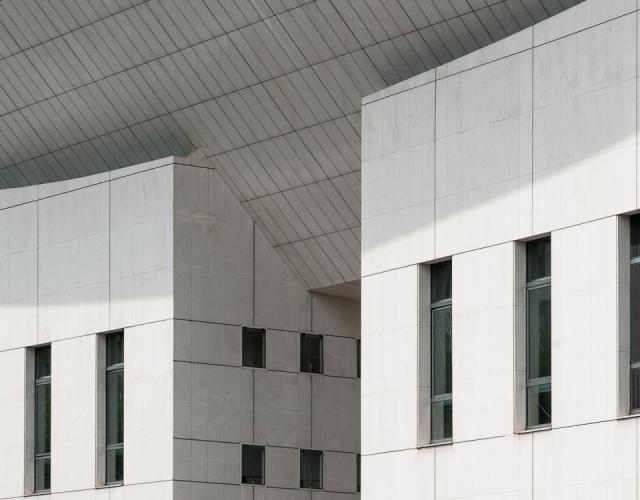
History and aesthetics of contemporary music
INFORMATIONS
-
Objectives and content
Historical approach:
Acquisition of a sound heritage (technical and aesthetic) of so-called electro-amplified or contemporary music. Training in critical listening to different repertoires: rock, pop, soul, rhythm & blues, blues, jazz rock, world, funk, punk, grunge, Motown, Stax, etc.
Listening workshops: illustrated presentation of the history of electro-amplified music creation.
- The social, cultural and economic environment of artists
- The history and roots of artists and their impact on the development of musical genres and aesthetics
- The relationship between the technological context of recording and reproduction techniques and the artists and their creations.
Aesthetic and practical approach:
In the form of practical work, listening workshops and lectures, the course addresses and illustrates the constraints of music production in contemporary music. It enables students to develop and refine an identity, a personal aesthetic sense and to acquire the basic tools of production while illustrating some of the problems inherent in the world of music production, in particular :
- The difficulty of realising and putting abstract ideas into production.
- The difficulty of formulating decisive production choices from the outset of a mixing session.
- The complexity of finalising a personal aesthetic approach that differs from standard production codes.
- The difficulties of producing within a constrained economic context and a qualitative approach.
- The difficulties of finding one's place in a project (from sound engineer to remixer, from arranger to composer, contemporary music is a laboratory where there is a fine line between all these professions).
Through personal practical work, remixing exercises and creating tracks from samples:
- Introduction to mixing, mastery of basic tools, knowledge of the main families of effects,
- advanced mastery of compressors and filters,
- developing a personal aesthetic approach to mixing.
Through the organisation of listening sessions and the creation of themed playlists (extreme music, groove, vocals, minimalism, drums, etc.) devised and discussed by the students with the aim of :
- developing different types of listening (musician's point of view, producer's point of view, music lover's point of view).
- expert mastery of these 3 types of listening, the basis of the producer's profession.
- the development of expert knowledge of current musical trends and the mastery of analysis tools adapted to current trends and their aesthetics.
- in-depth knowledge of selected 'must-have' tracks for a future producer (work focused on the notion of reference in contemporary music through analysis of the production of tracks that echo each other).
Presentation of the economic context (key industry figures, organisation and knowledge of music business models, etc.).
- case studies (making and producing an album)
-
Entrance terms and conditions
FSMS 1-2
-
Assessment terms and conditions
Attendance
-
Erasmus
No

